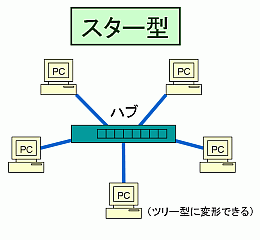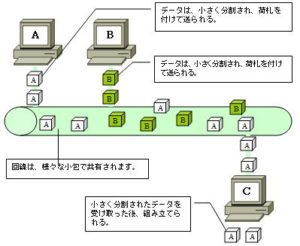Collision Domain/Broadcast Domain
collision domain
A collision domain is an area where traffic collisions and congestion are likely to occur.
Repeaters and hubs that operate on Layer 1 are devices that shape, amplify, and relay degraded signals, so they do not control the flow of incoming traffic.
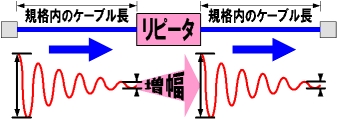
Therefore, Layer 1 devices do not control traffic by looking at MAC addresses, IP addresses, etc., but unconditionally copy received traffic to all ports other than the receiving port. transfer.
For example, a hub forwards incoming traffic to all ports except the port on which it was received.
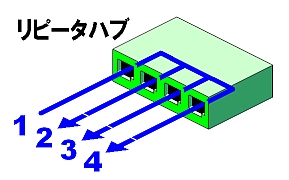
As a result, traffic will flow even to a port that does not have a communication partner. In other words, unnecessary traffic flows, and collisions and traffic jams are more likely to occur.
As the number of hosts in the network increases, the probability of collisions inevitably increases. Poor timing of transmission will cause frequent collisions.
Excessive collisions can degrade network performance and, in the worst case, even bring the network down. The area of the network where collisions are likely to occur is called a collision domain.
Repeaters and hubs forward unconditionally, so they only extend the collision domain, not split it.
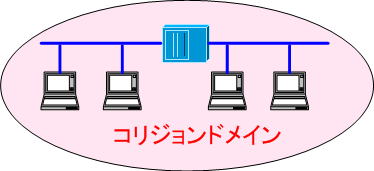
As you expand your network with repeaters and hubs, the number of hosts in your network will increase. Inevitably, the probability of collisions will increase.
Split the collision domain
To reduce the occurrence of collisions and make better use of limited bandwidth, it is necessary to partition the collision domain.
By splitting the collision domain, you can reduce the number of hosts in the collision domain. As a result, the probability of collision can be reduced.
Bridges and switches are devices that divide this collision domain and operate at the data link layer.
Bridges and switches manage incoming and outgoing frames in MAC address tables. So I know which device is connected to which port.
A MAC address (Media Access Control address) is a number that identifies each node on the network. Specifically, it is a hardware-specific physical address written in the NIC.
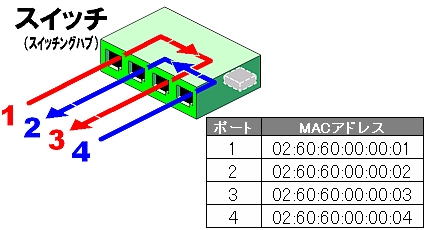
In Ethernet, the specifications include the source MAC address and the destination MAC address in the frame to be transmitted. By learning this MAC address, bridges and switches forward frames only to the port connected to the destination host and do not flow unnecessary frames to other ports, dividing the broadcast domain.
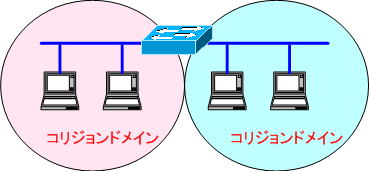
However, broadcasts whose destination is all (FF:FF:FF:FF:FF:FF) will be forwarded. You’ll need a router to keep the broadcasts off.
Ethernet communicates using two types of addresses: IP addresses and MAC addresses. Communication is not possible if either address is missing. Even if you know the IP address, if you don’t know the MAC address, use broadcast to look up the MAC address. This is called an ARP request.
It’s like this.
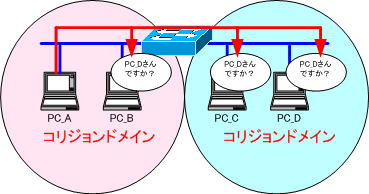
PC_A: Hey! PC_D, tell me your MAC address!
Since it is a broadcast, this message will reach all PCs.
PC_B: Ignore because it’s not me
PC_C: Ignore because it’s not me
PC_D: I have to reply!
Bridges and switches forward broadcasts (FF:FF:FF:FF:FF:FF) whose destination is all. This broadcast increases with the number of terminals in the collision domain.
The trouble with broadcasts is that they reach other terminals than you, and you have to determine if those terminals are for you. If the number of broadcasts is large, the load will become large.
You’ll need a router to keep this broadcast from flowing.
broadcast domain
Bridges and switches can divide collision domains by managing received and transmitted frames in MAC address tables.
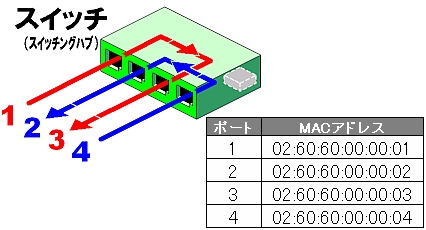
By learning this MAC address, bridges and switches forward frames only to the port connected to the destination host and do not flow unnecessary frames to other ports, thereby dividing the broadcast domain.
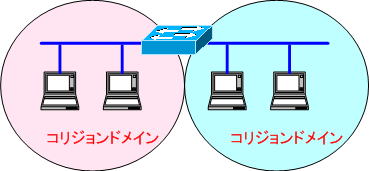
However, a broadcast whose destination is all (FF:FF:FF:FF:FF:FF) will be forwarded.
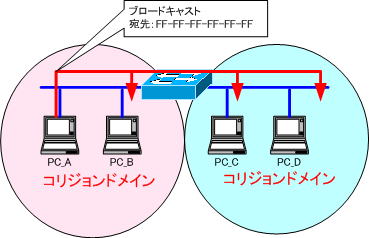
The area where broadcasts (FF:FF:FF:FF:FF:FF) can reach is called a broadcast domain. Broadcasts, such as ARP requests, will flow through the entire broadcast domain.
Switches and bridges divide the collision domain, but not the broadcast domain.
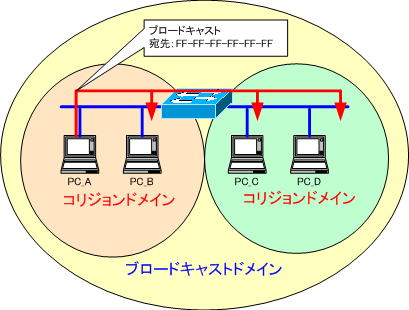
You’ll need a router to keep the broadcasts off.
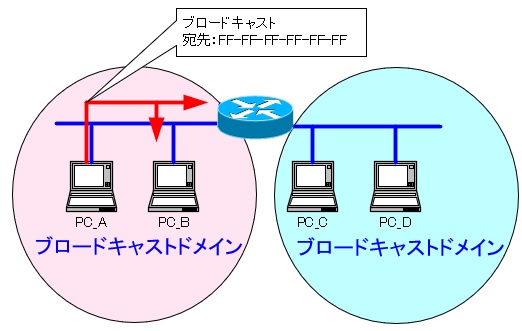
Routers do not forward broadcasts. The lack of broadcasts means that ARP requests are also blocked by routers. In other words, the MAC address of the terminal on the other side of the router cannot be checked, and the Ethernet frame cannot be created.
Therefore, when communicating with a terminal on the other side of a router, specify the MAC address of the interface of the router within the broadcast domain to which it belongs as the destination MAC address, and send the frame to the router.
This router interface is called the default gateway. A default gateway is a gateway between different networks.
DHCP and virtual LAN (VLAN) will be introduced later in the content, but here are some supplements.
If broadcasts are blocked by routers, DHCP requests are also blocked. To avoid blocking DHCP request broadcasts, you need to configure DHCP relay on your router or install a DHCP relay agent for each broadcast domain.
Here, we have explained that routers are devices that divide broadcast domains, but it is also possible to divide broadcast domains with Layer 2 switches by using virtual LANs.

